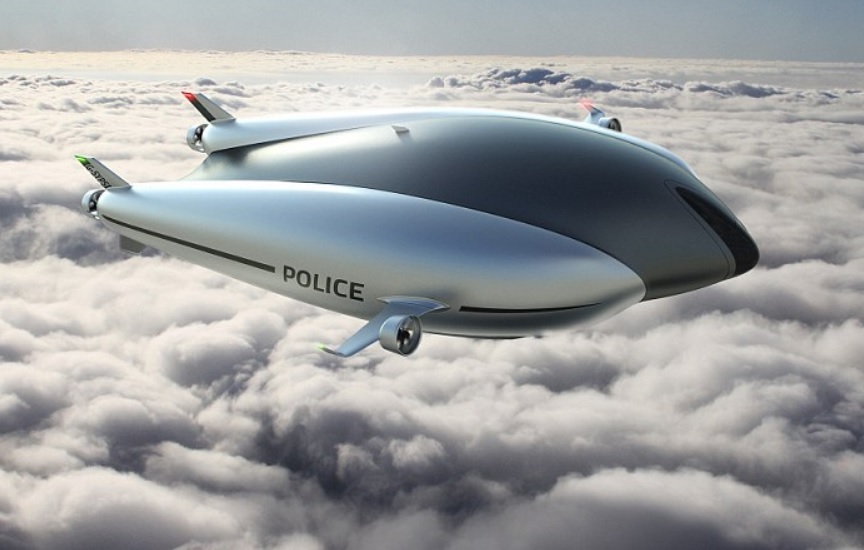
An Alabama start-up has decided that space launch companies shouldn't keep their customers waiting for months or years to launch a satellite into orbit. Its engineers are working on an autonomous air-launch service that can put a payload in space every three hours, an article in Space.com stated.
Jay Skylus founded his company, Aevum, on the premise of delivering on-demand air-launch to orbit services on short notice. The CEO and chief launch architect said that their Ravn platform takes cues from commercial aircraft operations.
Ravn is made up of a carrier aircraft with a payload-carrying rocket slung beneath it. The aircraft take offs, reaches the appropriate altitude, launches the rocket, lands, refuels, and loads the next rocket.
The turnaround time between launches is expected to be 180 minutes. In comparison, the average space mission requires around a year and a half of lead time.
Furthermore, pure rocket space launch companies can only pull off a limited number of missions each year because it takes time to build a new rocket. Ravn will be able to execute far more missions on a daily and yearly basis. (Related: Space mining could turn out to be a trillion-dollar industry, say experts.)
Autonomous Ravn jet will launch rockets faster and more often
Skylus explained that Ravn can accomplish the quick turnaround time because the system is unmanned. Once it emerges from its hangar, it will operate on its own with only minimal input from ground control using the company's proprietary Minnie autonomous flight software.
Because it is smaller than a ground-launched rocket and doesn't carry air crew or passengers, Ravn will need far fewer ground crew for maintenance and refueling.
The autonomous and unmanned capabilities of Ravn set it apart from other companies that use air-launch systems. The aircraft component of competitors like Northrop Grumman's Pegasus rocket, Stratolaunch Systems, and Virgin Orbit are manned planes.
The carrier aircraft component of Ravn is intended to be completely reusable. Skylus claimed that the sleek jet can reach nearly thrice the speed of sound and is designed to separate from its rocket at high speed.
The other half is an expendable two-stage rocket. The second stage runs on liquid oxygen, while the first stage uses an efficient fuel that was designed by Aevum and cleared for use by the U.S. Department of Transportation.
The engines of both rockets have already been hot-fired during trials.
Company aims to become the space equivalent of FedEx or UPS
Aevum has already built and tested the aerodynamic components of the Ravn system. The company is currently building a prototype of the unmanned carrier aircraft. It expects to finish the ground qualification phase before the end of 2018.
Flight testing of the prototype carrier aircraft will commence in 2019. If testing goes as planned, the company plans to conduct three commercial launches during the fourth quarter of 2019.
"We're always seeking to connect with more customers — there's still some capacity on these three launches," assured Skylus.
Aevum's CEO added that he wants his company to become the space equivalent of a delivery company like the UPS or FedEx. They will handle the logistics and design the mission at no additional cost.
Customers will be able to contact Aevum through calls, email, or a web app to arrange a launch. A customer can also keep track of the satellite through the app.
"Ravn is unlike any other launch system known today," assured Skylus. "Aevum's focused on providing a delivery service that will directly enable the solutions that address global challenges that cause pain every day, which include communication and connectivity."
Want to read more articles about the latest commercial ventures in space? Drop by SpaceTourism.news.
Sources include:
Please contact us for more information.

















